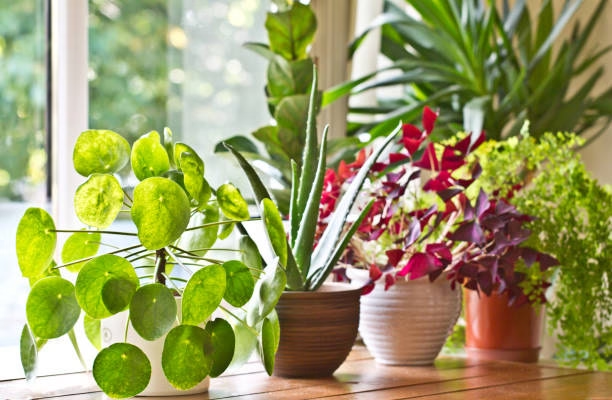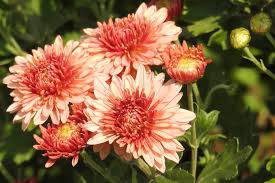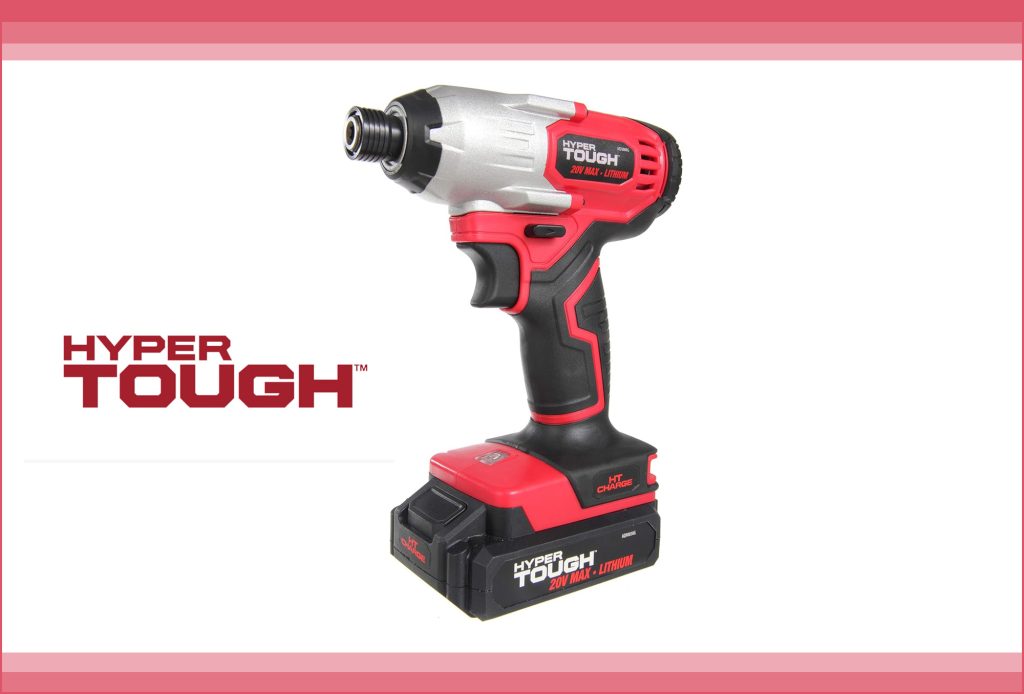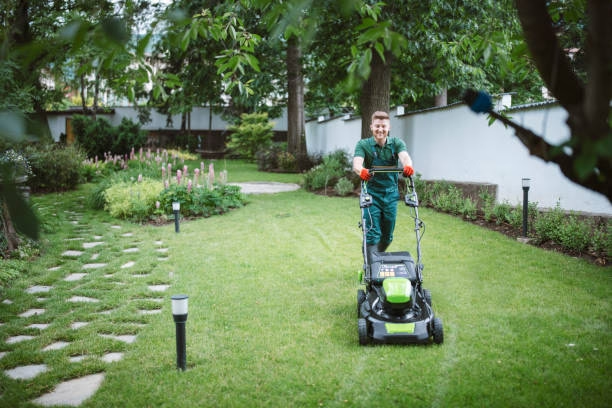Indoor gardens can be an enriching addition to any home, providing a touch of nature while boosting your mood and improving air quality. However, maintaining a thriving indoor garden requires thoughtful care. With easy-to-follow tips and strategies, even the busiest person can maintain a lush, thriving indoor garden.
1. Select Low-Maintenance Plants
If you’re new to indoor gardening or have a busy lifestyle, choosing low-maintenance plants can set you up for success. Many plants are resilient and require little attention. Consider these low-maintenance options:
- Snake Plant (Sansevieria): Known for its ability to survive in low light and with minimal watering, the snake plant is perfect for beginners.
- Pothos: This trailing vine is incredibly easy to grow and tolerant of low light. It can also thrive in varying moisture conditions.
- ZZ Plant: ZZ plants are drought-tolerant and thrive in low light, making them ideal for areas with little natural sunlight.
These plants are great starters for anyone seeking an indoor garden that doesn’t require too much effort. Once you get comfortable with these, you can experiment with more demanding plants.
2. Create a Care Routine
Creating a regular care routine for your indoor garden is essential for keeping your plants healthy. Set a schedule to check on your plants at least once a week. Here are some tasks to include in your routine:
- Watering: As mentioned before, different plants have different watering needs. Be consistent and follow the moisture-check method to avoid overwatering.
- Cleaning: Dust can accumulate on leaves, blocking sunlight and impeding the plant’s growth. Gently wipe the leaves with a damp cloth to keep them clean.
- Inspecting for Pests: Regularly check for pests like aphids, spider mites, or mealybugs. Early detection can prevent infestations.
By making plant care part of your routine, you’ll stay on top of your plants’ needs and avoid any sudden issues.
3. Use Self-Watering Pots
If you struggle to remember when to water your plants, self-watering pots can be a lifesaver. These pots have an internal reservoir that allows the plant to absorb water as needed. It helps prevent overwatering and underwatering, both of which can harm your plants. With self-watering pots, you only need to fill the reservoir when it’s low, reducing the frequency of plant care while still ensuring the plant receives enough moisture.
4. Grouping Plants Together
Grouping your plants together in a designated spot can create a microclimate that benefits them all. Plants naturally release moisture through transpiration, which increases humidity around them. This is particularly beneficial for plants that need higher humidity, like tropical plants. The collective humidity can help prevent dry leaves and promote healthier growth.
Additionally, grouping plants together also creates a more cohesive aesthetic and makes plant care easier. It’s a simple solution to ensure your plants have the ideal conditions for growth.
5. Fertilize Occasionally
Indoor plants rely on the nutrients present in their soil, but over time, the soil can become depleted. Fertilizing your plants during the growing season (spring and summer) can replenish essential nutrients. You don’t need to fertilize constantly, but a light application of a balanced, water-soluble fertilizer every 4-6 weeks should suffice for most indoor plants.
During the dormant months (fall and winter), your plants need fewer nutrients, so reduce fertilizing during this time.
6. Rotate Your Plants for Even Growth
Plants naturally grow toward light. If you notice your plants leaning in one direction, it’s because they’re trying to reach the light source. To encourage even growth, rotate your plants every few weeks. This ensures that all sides of the plant receive equal exposure to light and prevents one side from becoming leggy or stunted.
7. Repot When Necessary
While indoor plants may not grow as quickly as outdoor plants, they can still outgrow their pots over time. Check for signs that your plants may need repotting, such as roots growing out of the drainage holes or the plant becoming root-bound (where roots are circling the pot instead of growing outward). When this happens, it’s time to repot the plant into a slightly larger container.
Use fresh potting mix to ensure your plant has the nutrients it needs to continue thriving.
8. Maintain Consistent Temperature and Humidity
Indoor plants prefer stable conditions. Sudden temperature changes or drafts from air conditioning and heating vents can stress your plants. Make sure to place your plants away from cold drafts, heat sources, or direct air vents. Also, aim to keep indoor temperatures between 60-75°F (15-24°C) for optimal plant growth.
For plants that prefer higher humidity, you can consider placing a humidifier in the room or using a shallow tray with pebbles and water.
Conclusion
With these easy care tips, maintaining a thriving indoor garden can become a stress-free and enjoyable activity. Choosing low-maintenance plants, creating a care routine, using self-watering pots, and ensuring the right temperature and humidity will set you up for success. Remember that plant care doesn’t need to be time-consuming, and with consistent attention, your indoor garden will flourish.




